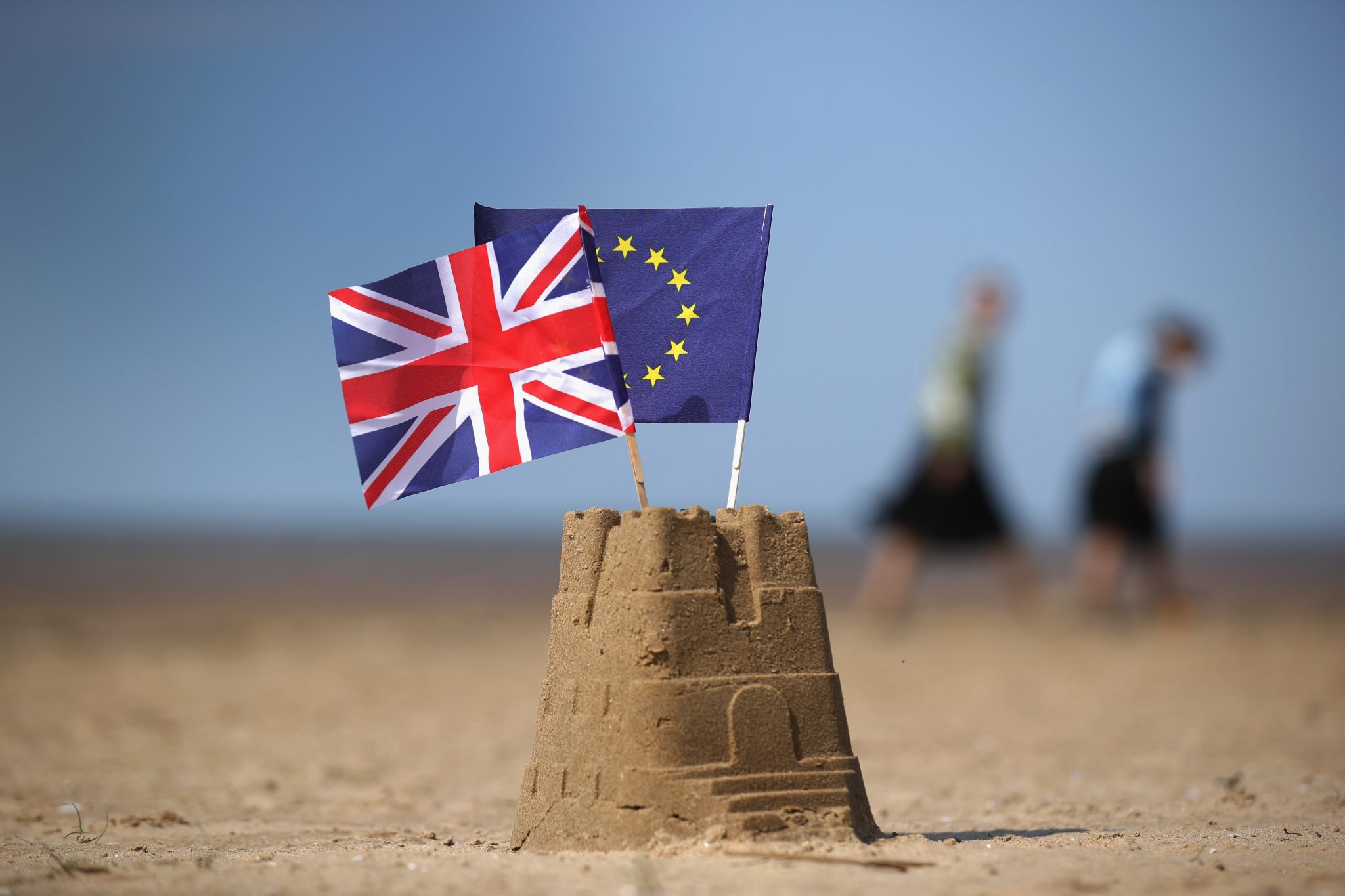
What is the EEA and why is it seen as attractive by some?
As the new UK government begins to formulate a Brexit plan, Open Europe has today published a new briefing assessing the viability of the European Economic Area (EEA) model which would leave the UK in a relationship with the EU that is similar to that of Norway and keep it in the single market.
The EEA option comes with some notable benefits. It provides an ‘off-the-shelf’ model, thereby minimising short-term economic disruption and uncertainty, and could help smooth some of the regional differences thrown up by the Brexit vote, such as those raised by Scottish First Minister Nicola Sturgeon. EEA membership also means exiting some EU policies – such as agriculture and fisheries – and regaining the ability to negotiate stand-alone trade agreements with non-EU countries. For these reasons, the EEA – or some variant of it – is seen as attractive by many businesses and some politicians.

EEA fails to fully meet most of the Leave campaigns’ key objectives
However, a Norway-style relationship is unlikely to be a viable long-term option for the UK. Firstly, it is a poor fit when set against the Leave side’s key arguments during the referendum campaign: restoring full control over UK immigration policy, restoring UK sovereignty over lawmaking including vis-à-vis the European Court of Justice, eliminating the UK’s financial contribution to the EU, and reducing the burden of EU legislation on business. Secondly, and perhaps just as importantly, it is unlikely that such an EU-satellite status would satisfy the national self-image of a major G7 economy with deeper trade and foreign policy links across the world, such as the UK.

Could the EEA work as a transitional arrangement?
So, what are the alternatives to the EEA? Assuming that falling back on the WTO option, i.e. no preferential trade agreement with the EU at all, is a last resort, the realistic choice is between the EEA or some form of stand-alone comprehensive free trade agreement (FTA). One option could be to seek reform of the EEA itself to account for the above concerns, but this would require the EU (and other EEA members) to agree to sweeping changes to a model that appears to have suited its parties relatively well to date.
The FTA route is probably better suited to addressing the main political drivers of the leave vote over the long-term, but it comes with its own set of problems, most notably the length of time it would take to negotiate – while the Article 50 exit mechanism currently only allows for two years. Moving straight to an FTA with the EU is also likely to cause more disruption to the UK’s trade with the EU than the EEA option at a time when the UK is still establishing new trade agreements and seeking to deepen relationships with non-EU countries, which are crucial to enabling it to rebalance.
This leaves the possibility of a transitional EEA-style relationship (it is unlikely that the UK would join the EEA formally, a more likely arrangement is one that mirrors the EEA in almost every aspect) pending a tailored, bilateral agreement being thrashed out. However, even this would still come with many challenges. These include controlling EU immigration, ensuring any EEA transition is truly transitional, managing the domestic politics, and making progress on the non-EU trade front. However, these challenges could be overcome if the UK and EU are able to establish the outline of a desired final settlement, even if the details will be subject to further negotiation. Indeed, a long-term vision for the UK outside the EU would be an essential component of any transitional phase.
*This article originally appeared on Open Europe



